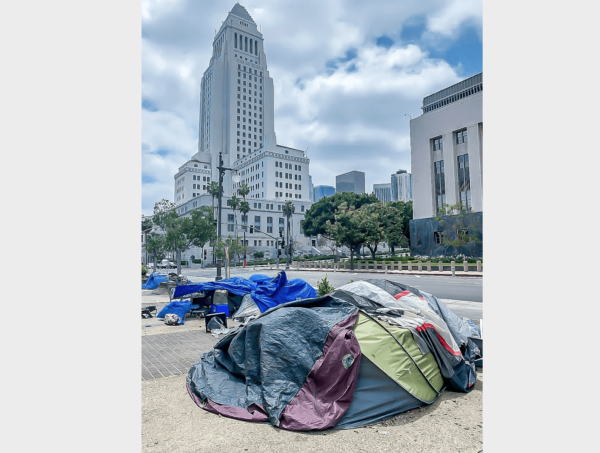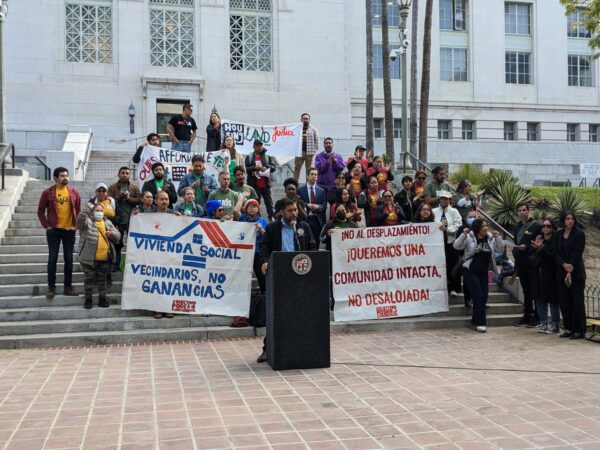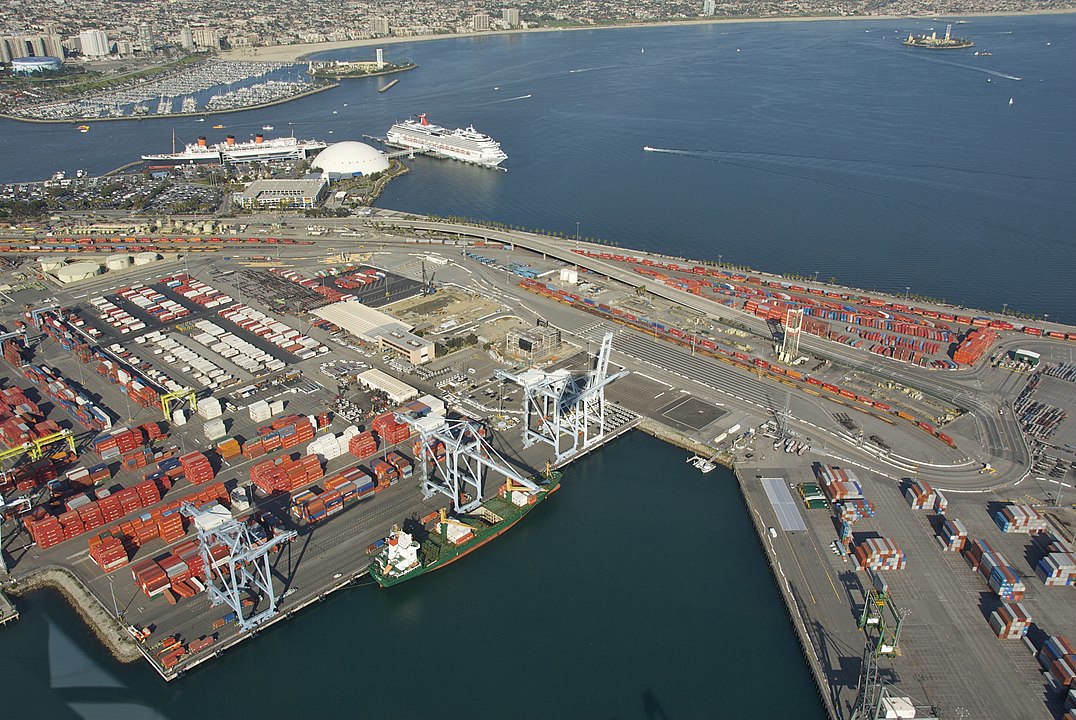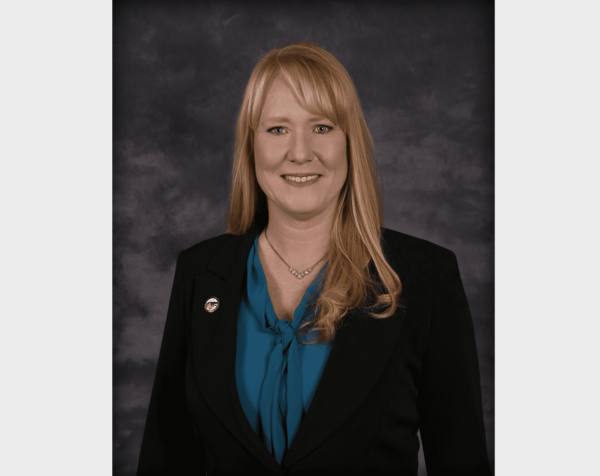It’s a title nobody wants, but the Los Angeles-Long Beach metropolitan area was again named the most ozone-polluted region in the nation in an annual air-quality report released Wednesday by the American Lung Association, as Western states continued to outpace the East in terms of poor air.
The Los Angeles-Long Beach region has been ranked the nation’s worst ozone-polluted area in 23 of the 24 years that the Lung Association has produced its “State of the Air” report, although the association noted that the area improved slightly from last year in terms of unhealthy ozone days and particle pollution days.
According to the report, more than 98% of California residents live in areas that earned failing grades for unhealthy ozone pollution days, unhealthy particle pollution days or annual particle pollution levels. More than 40% of residents are in areas with failing grades for each of those pollutants.
“Local and state actions have driven real progress in California, but there is much work to be done to ensure every Californian has clean, healthy air to breathe,” Mariela Ruacho, Clean Air Advocacy manager for the Lung Association, said in a statement. “Even one poor air quality day is one too many for children, older adults, people with chronic illness, lower-income residents and people of color. Policymakers at the local, state and federal levels must act to ensure that everyone has clean air to breathe, and no community is left behind.”
In terms of ozone pollution, six California areas ranked in the top 10 for worst conditions. Joining Los Angeles-Long Beach on the list were Visalia, Bakersfield, Fresno-Madera-Hanford, Sacramento-Roseville and San Diego-Chula Vista-Carlsbad. The San Jose-San Francisco-Oakland region ranked 11th worst.
Of the 25 worst regions, virtually all were in Western states, with only the Chicago area and Hartford, Connecticut, making the list.
“Although cleanup of ozone precursor pollutants has been working to reduce ozone concentrations, the impact of climate change in the West has meant higher temperatures, dry, sunny skies and more frequent stagnation events that are contributing to the number of unhealthy ozone days being higher than it would otherwise be,” according to the report. “Simply, climate change is undercutting the progress we would have made.”
California areas also dominated the list of the worst regions in terms of unhealthy days of particle pollution, with Bakersfield topping the list. California regions claimed eight of the 10 worst particle pollution areas in the country, with Los Angeles-Long Beach placing 10th.
In terms of year-round particle pollution, Bakersfield again ranked worst in the nation, with Los Angeles-Long Beach placing fourth.
Nationally, the report found that nearly 120 million people live in areas with unhealthy air quality, and more than half of them are people of color. The report’s authors found that people of color were 64% more likely than white people to live in a county with a failing grade in at least one of the study’s pollution categories, and 3.7 times more likely to live in a county with a failing grade in all three categories.
“The good news is that ozone pollution has generally improved across the nation, thanks in large part to the success of the Clean Air Act,” Lung Association national President/CEO Harold Wimmer said in a statement. “In this year’s ‘State of the Air‘ report, we found that 19.3 million fewer people are living in areas with unhealthy levels of ozone pollution, also known as smog. However, the fact is that 120 million people still live in places with unhealthy air pollution, and not all communities are seeing improvements. This is why it is crucial to continue our efforts to ensure that every person in the U.S. has clean air to breathe.”







